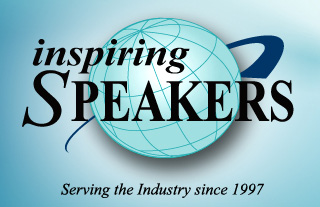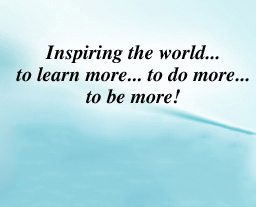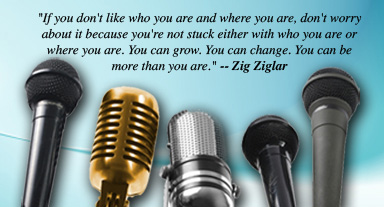The following quote, which I included in yesterday’s post on brevity and simplicity, got me thinking a bit more about the use of pauses in speech-making.
“The right word may be effective, but no word was ever as effective as a rightly timed pause.”
– Mark Twain, American author and humourist (1835–1910)
Pauses have many uses in public speaking. At their simplest, pauses allow you to regulate the pace of your speech. If you find yourself rushing through your material, speaking too quickly or jumbling your words, pausing for a moment will allow you to slow down, catch your breath and reset your pace.
Pauses also allow you time to gather your thoughts. Should you lose your train of thought while speaking, pause and take a moment to think about what you’ve just said and what direction you’d like your speech to continue in. Don’t worry about what the audience may think about your momentary silence. Chances are if you need time to catch your breath and gather your thoughts, they do too.
Then there’s cadence. Just as commas, periods and other punctuation marks help create an ebb and flow in writing, so do pauses help create a cadence and rhythm in speaking. And this is perhaps the most important use of the pause. Pauses focus attention and create emphasis. By pausing before a thought, you indicate that what you are about to say is important. By pausing after a thought, you allow the importance of your message to sink in.
Don’t believe something as insignificant as a pause can be so powerful? Last year, the University of Michigan’s Institute for Social Research conducted a study to determine whether the way we talk influences our listeners. By analyzing the success rates of telephone interviewers who attempted to get people to participate in telephone surveys, the study concluded that those who spoke quickly (but not too quickly) and who paused regularly in their speech were more successful in convincing people to participate than those who spoke fluently without pauses.
“When people are speaking, they naturally pause about four or five times a minute,” lead researcher José Benkí says in an article about the study published in Sampler, the magazine of the University of Michigan’s Institute for Social Research. “If interviewers made no pauses at all, they had the lowest success rates getting people to agree to do the survey. We think that’s because they sound too scripted.”
“People who pause too much are seen as disfluent,” Benkí continues. “But it was interesting that even the most disfluent interviewers had higher success rates than those who were perfectly fluent.”
So it pays to pause. And as public speakers, you are better poised than most to harness the power of the pause. “Any field where people are trying to persuade or trying to invite people to participate in something…could profit by these findings,” says Benkí in a podcast on the Sampler website. “If you speak in front of groups of people or in front of other people as part of your work…I think it’s a helpful reminder that varying your rhythm, pausing occasionally and being mindful of the context are important from the audience’s point of view.”
For some advice on how to connect with your audience and use dramatic pauses to invite passive participation, visit our Speaker Resource Centre and check out Lou Heckler’s teleseminar recording “Get Standing Ovations Using Broadway and Film Performance Techniques” (scroll down to the fourth teleseminar).
Hope this has given you some pause for thought! Till next time.


